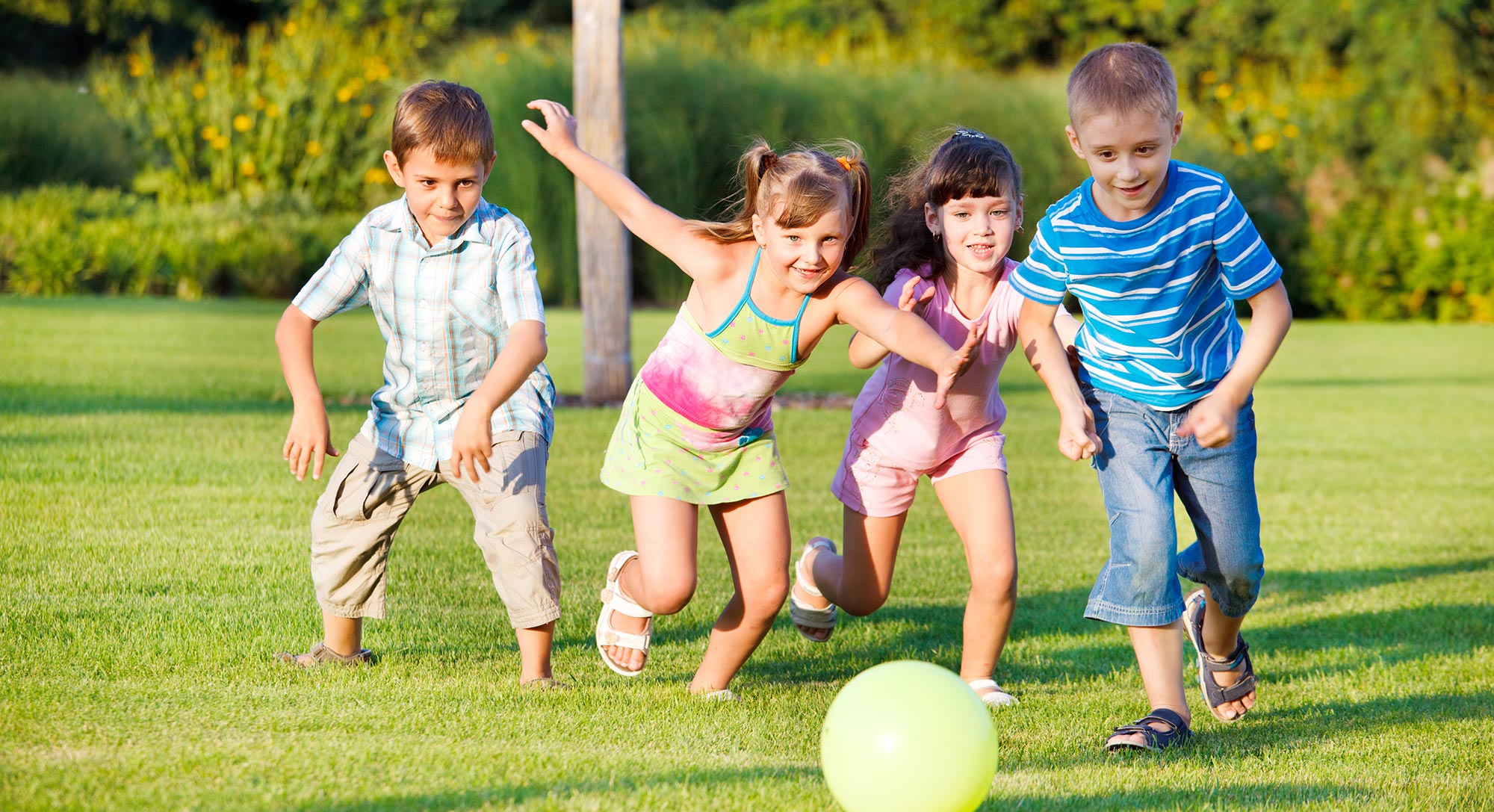A dog park with artificial grass has sparked curiosity among locals, especially regarding why the turf requires regular watering, despite being synthetic. One resident observed that the park's sprinkler system waters the turf twice an hour for four minutes at a time. This has led many to ask: Why does artificial grass in dog parks need water?

Sanitation Over Maintenance
Artificial grass is often lauded for its water-conserving benefits, as it doesn't need regular irrigation to maintain its appearance or health. However, in spaces designed specifically for dogs, like dog parks, there’s an additional requirement—sanitation. Many artificial grass products for pet areas are equipped with an anti-microbial layer designed to minimize the growth of bacteria. However, while this layer helps reduce bacteria, it doesn't eliminate the need to clean up pet waste, particularly urine.
Rinsing for Cleanliness
The most effective way to keep artificial grass clean in dog parks is by regularly rinsing the surface with water. This helps wash away urine and any lingering waste, ensuring a sanitary play environment for the dogs. In Nashville’s new dog park, for example, the water used for rinsing the artificial turf comes from on-site water collection systems, meaning there’s no additional strain on municipal water resources.
As one local official, Hawkins, noted, "We’re not paying for our water. Our water is all collected on site and distributed on site."
Different Requirements for Home Use
If you have artificial grass for your dogs at home, you won’t need to rinse it as frequently as a public dog park. The cleaning frequency largely depends on the number of dogs using the space. Homeowners may only need to rinse occasionally, while a high-traffic dog park may need frequent rinsing to maintain hygiene.
